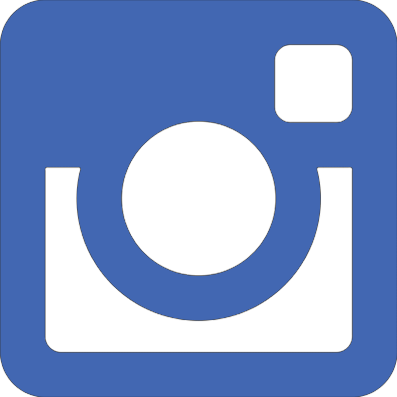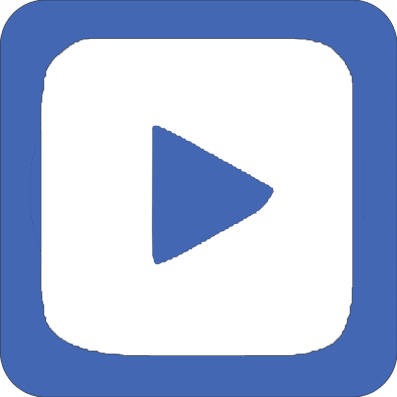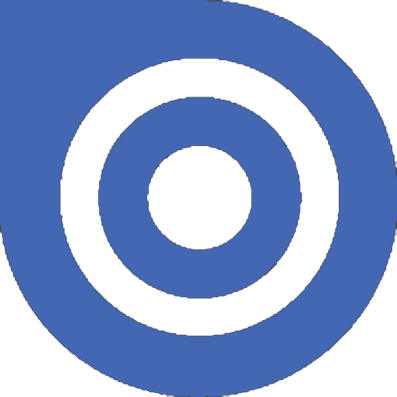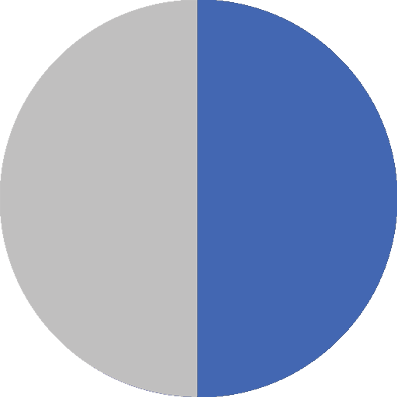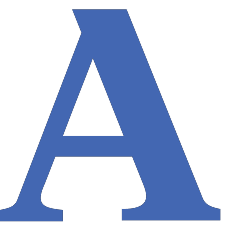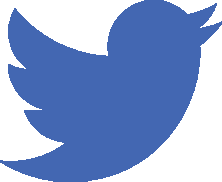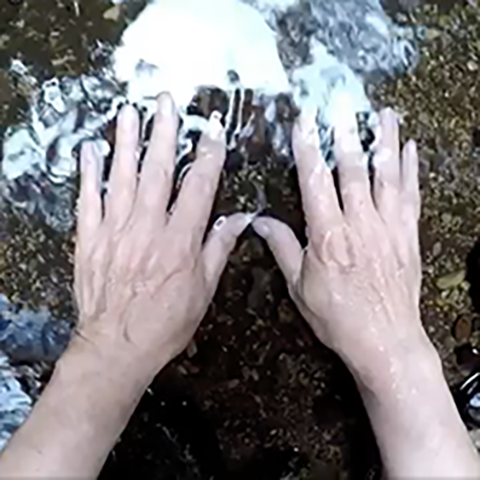Miloš Šejn | Českých Bratří 312 | CZ-50601 Jičín | T +420 723 701 658 | milos [at-sign] sejn.cz
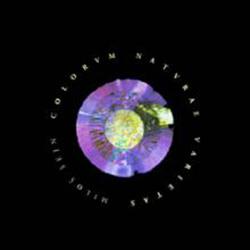 Disk cannot be read
Disk cannot be read09.12.2025 - 08.02.2026
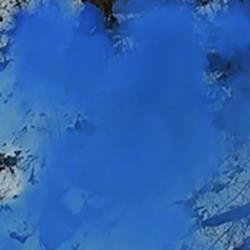 Místa snivců / Lenka Falušiová & Miloš Šejn
Místa snivců / Lenka Falušiová & Miloš Šejn28.09.2025 - 28.10.2025
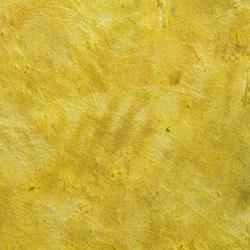 Ani labuť ani Lůna
Ani labuť ani Lůna06.06.2025 - 28.09.2025
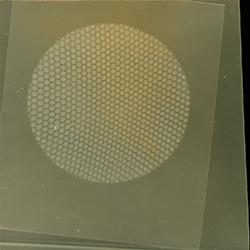 ZATVÁŘÍ / COUNTENANCE
ZATVÁŘÍ / COUNTENANCE06.05.2025 - 22.06.2025
 Silent Spring: Art and Nature 1930–1970
Silent Spring: Art and Nature 1930–197028.03.2025 - 12.10.2025
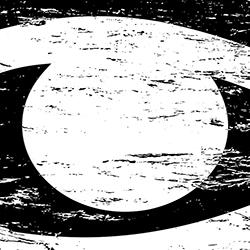 Creation – Myth – Art
Creation – Myth – Art01.03.2025 - 17.05.2025
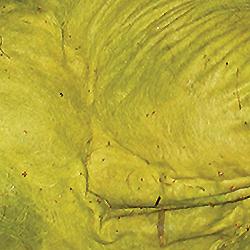 DIVERSITY CONTEMPORARY II
DIVERSITY CONTEMPORARY II10.12.2024 - 31.01.2025
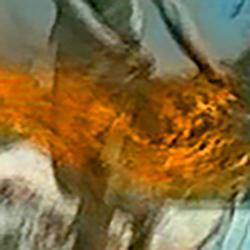 PAF 2024 / DIARIES - Deposit of Memory: Video Works by Miloš Šejn from 1988-2022
PAF 2024 / DIARIES - Deposit of Memory: Video Works by Miloš Šejn from 1988-202205.12.2024 - 08.12.2024
 THROUGH THE LABYRINTH
THROUGH THE LABYRINTH30.06.2024 - 30.11.2034
 LANDSCAPE FESTIVAL PRAGUE 2024
LANDSCAPE FESTIVAL PRAGUE 202413.06.2024 - 30.09.2024
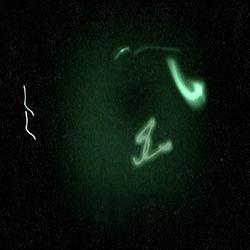 ANIMA MUNDI | VISIONS – ITSLIQUID INTERNATIONAL ART FAIR | VENICE 2024
ANIMA MUNDI | VISIONS – ITSLIQUID INTERNATIONAL ART FAIR | VENICE 202407.06.2024 - 21.06.2024
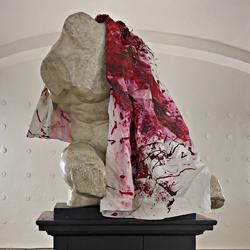 MEMORY DEPOSIT
MEMORY DEPOSIT06.03.2024 - 27.04.2024
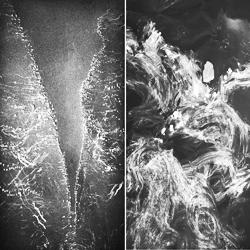 KOR . KON . TOI . 0 0 1 – Miloš Šejn / Adriena Šimotová
KOR . KON . TOI . 0 0 1 – Miloš Šejn / Adriena Šimotová17.11.2023 - 28.04.2024
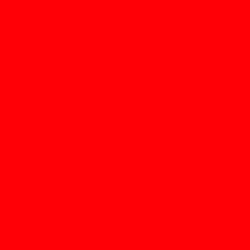 BECOMING GARDEN…
BECOMING GARDEN…17.09.2023 - 29.10.2023
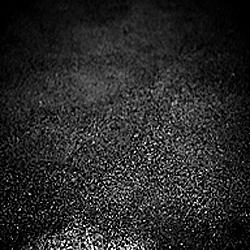 Heraclitus principle / One hundred years of coal in Czech art
Heraclitus principle / One hundred years of coal in Czech art16.06.2023 - 22.10.2023
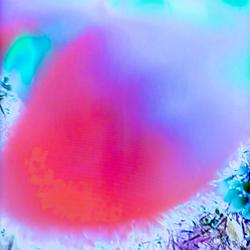 SYMBIOSIS
SYMBIOSIS06.06.2023 - 23.06.2023
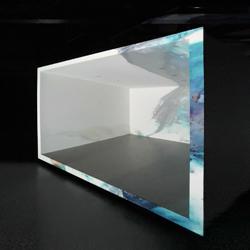 1 : 1 : 1
1 : 1 : 127.05.2023 - 25.08.2023
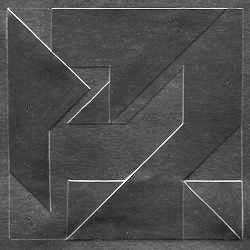 Wege in die Abstraktion im Dreiländereck II
Wege in die Abstraktion im Dreiländereck II02.04.2023 - 28.05.2023
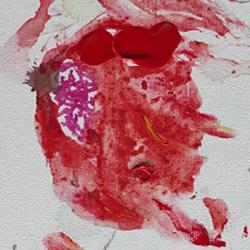 BIRTHDAY
BIRTHDAY16.12.2022 - 19.02.2023
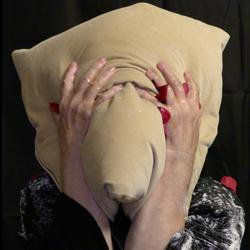 Face for SU–EN
Face for SU–EN22.10.2022 - 22.10.2022
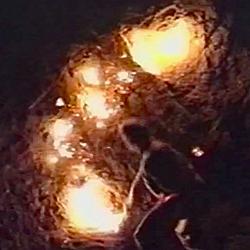 Valoch & Valoch / Archeology And Conceptual Art
Valoch & Valoch / Archeology And Conceptual Art30.09.2022 - 27.08.2023
 Wege in die Abstraktion im Dreiländereck
Wege in die Abstraktion im Dreiländereck02.07.2022 - 25.09.2022
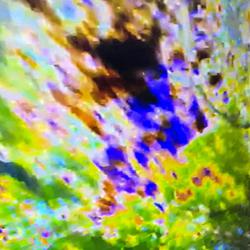 AQVA
AQVA15.04.2022 - 04.09.2022
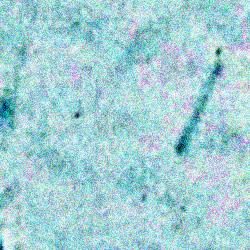 KINETISMUS: 100 Years of Electricity in Art
KINETISMUS: 100 Years of Electricity in Art22.02.2022 - 29.08.2022
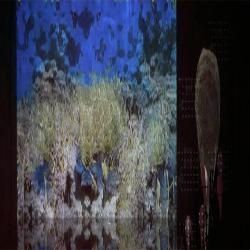 EMERGENCY EXIT
EMERGENCY EXIT03.12.2021 - 11.09.2022
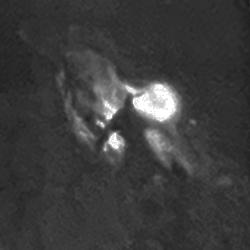 MAN IN THE CAVE
MAN IN THE CAVE24.11.2021 - 06.02.2022
 ÍHMNÍ
ÍHMNÍ30.09.2021 - 28.11.2021
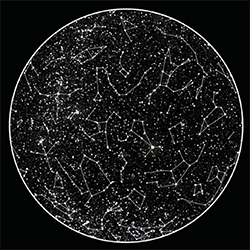 SEMI-OPEN
SEMI-OPEN29.09.2021 - 28.11.2021
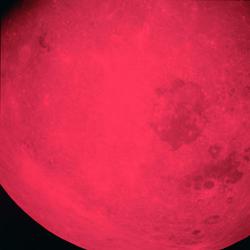 Zdzisław Jurkiewicz. Occurrences
Zdzisław Jurkiewicz. Occurrences25.06.2021 - 21.10.2021
 Art Safari 36: TOGETHER
Art Safari 36: TOGETHER05.06.2021 - 11.06.2021
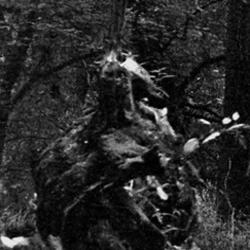 ART, MELANCHOLY AND LAUGH FACES IN THE FACE OF ABSURDITY
ART, MELANCHOLY AND LAUGH FACES IN THE FACE OF ABSURDITY22.05.2021 - 03.10.2021
 KRAJINA + / LANDSCAPE +
KRAJINA + / LANDSCAPE +14.05.2021 - 25.07.2021
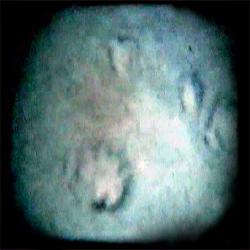 WATER
WATER18.12.2020 - 06.06.2021
 ATLAS NEW CONSTELLATIONS
ATLAS NEW CONSTELLATIONS05.12.2020 - 30.05.2021
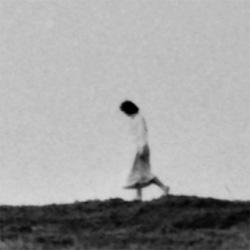 FOR THE LAST FIFTY YEARS
FOR THE LAST FIFTY YEARS27.11.2020 - 01.10.2023
 PILGRIMAGE TO THE MOUNTAINS
PILGRIMAGE TO THE MOUNTAINS27.10.2020 - 08.11.2020
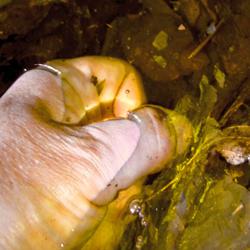 Fotograph Festival #X UNEVEN GROUND
Fotograph Festival #X UNEVEN GROUND07.10.2020 - 07.11.2020
 Í T H M N
Í T H M N29.09.2020 - 31.01.2021
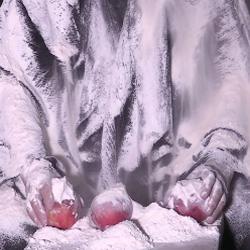 Table and Territory / Table et Territoire
Table and Territory / Table et Territoire26.09.2020 - 27.09.2020
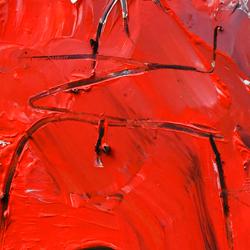 Looking Into The Window
Looking Into The Window19.09.2020 - 31.12.2020
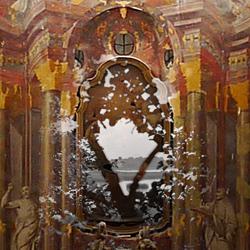 A Pilgrim Who Returns
A Pilgrim Who Returns
15.09.2020 - 31.10.2020
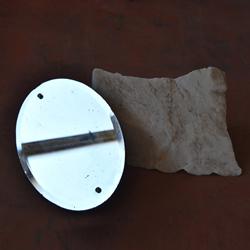 Gočár Phenomenon
Gočár Phenomenon03.09.2020 - 31.10.2020
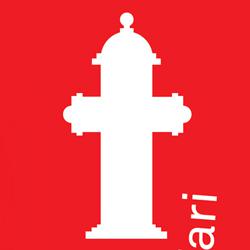 ART SAFARI 35 – HYDRANT
ART SAFARI 35 – HYDRANT27.06.2020 - 28.06.2020
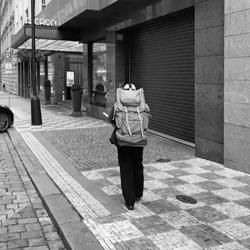 24h PERFORMANCE
24h PERFORMANCE14.06.2020 - 15.06.2020
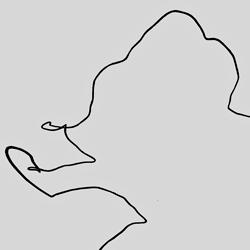 Through the Landscape of K. H. Mácha
Through the Landscape of K. H. Mácha04.06.2020 - 06.09.2020
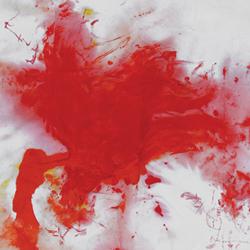 NMHTÍ
NMHTÍ12.05.2020 - 24.06.2020
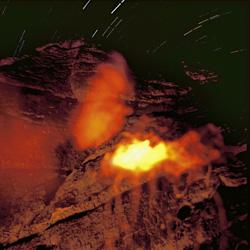 IDENTITY
IDENTITY23.03.2020 - 31.12.2021
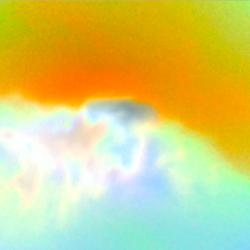 Homeplace & Kunka Phenomenon
Homeplace & Kunka Phenomenon04.03.2020 - 31.07.2020
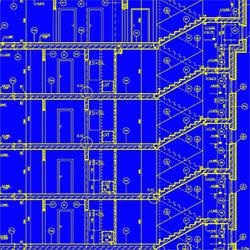 ↗ ASCENT ↙ DESCENT / performance art event
↗ ASCENT ↙ DESCENT / performance art event23.02.2020 - 23.02.2020
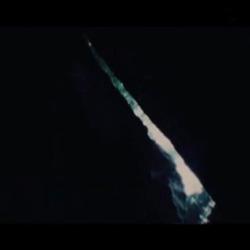 Parallel cinema / Stream, Tree and Stone
Parallel cinema / Stream, Tree and Stone03.02.2020 - 04.02.2020
 Ji.hlava
Ji.hlava24.10.2019 - 29.10.2019
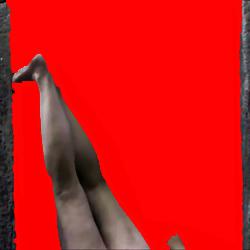 TRA DUE MONDI
TRA DUE MONDI16.10.2019 - 16.10.2019
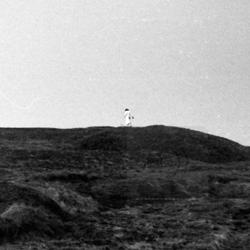 Pilgrims, Refugees, Hermits
Pilgrims, Refugees, Hermits11.09.2019 - 28.10.2019
 The Naked Forms Festival (FNAF)
The Naked Forms Festival (FNAF)06.09.2019 - 08.09.2019
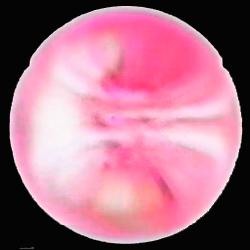 Sounds / Codes / Images - Audio Experimentation in the Visual Arts
Sounds / Codes / Images - Audio Experimentation in the Visual Arts06.06.2019 - 10.10.2019
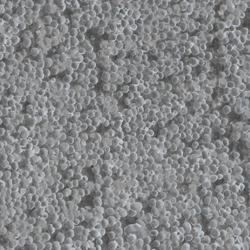 rivers, streams, puddles
rivers, streams, puddles04.06.2019 - 24.06.2019
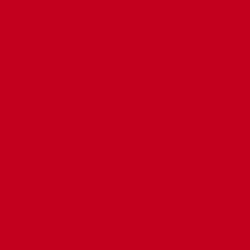 IL SORRISO DEL LEONE / VENICE TELEPATHIC BODIES
IL SORRISO DEL LEONE / VENICE TELEPATHIC BODIES01.06.2019 - 24.11.2019
 Performance Crossings 2019
Performance Crossings 201915.05.2019 - 18.05.2019
 THEATRUM MUNDI III
THEATRUM MUNDI III27.04.2019 - 27.04.2019
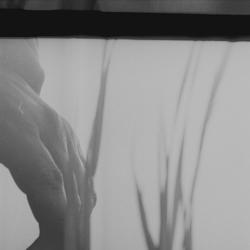 Early Manifestations of Action Art in East Bohemia
Early Manifestations of Action Art in East Bohemia26.04.2019 - 16.06.2019
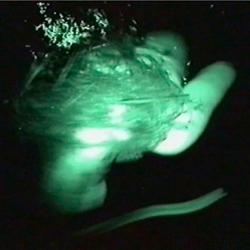 AQVA MUO
AQVA MUO26.04.2019 - 28.05.2019
 Yellow Rose Fragrance
Yellow Rose Fragrance27.03.2019 - 16.06.2019
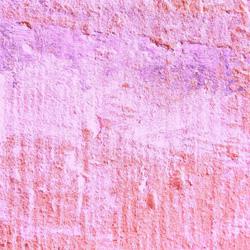 WÄRMFLASCHE
WÄRMFLASCHE14.12.2018 - 15.12.2018
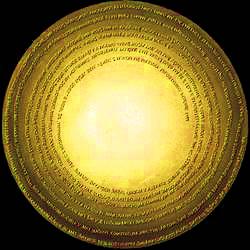 ART SPACE ECOLOGY
ART SPACE ECOLOGY15.10.2018 - 31.12.2020
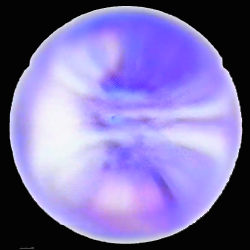 Architecture and Senses
Architecture and Senses12.10.2018 - 14.10.2018
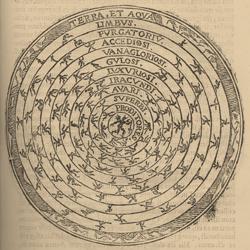 THEATRUM MUNDI II
THEATRUM MUNDI II22.09.2018 - 22.09.2018
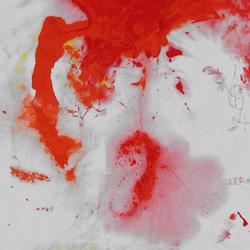 OPERA CORCONTICA
OPERA CORCONTICA04.09.2018 - 09.10.2018
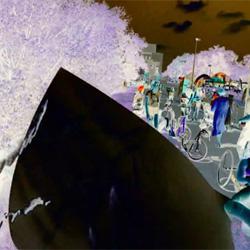 PRAGUE WILDERNESS – LANDSCAPE FESTIVAL PRAGUE 2018
PRAGUE WILDERNESS – LANDSCAPE FESTIVAL PRAGUE 201821.06.2018 - 30.09.2018
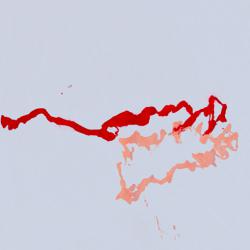 Energy of the initial line – gesture, rhythm, movement in contemporary Czech art
Energy of the initial line – gesture, rhythm, movement in contemporary Czech art01.03.2018 - 28.05.2018
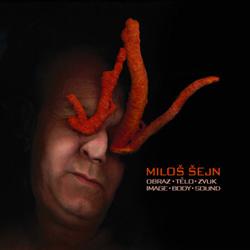 IMAGE / BODY / SOUND
IMAGE / BODY / SOUND27.11.2017 - 27.11.2020
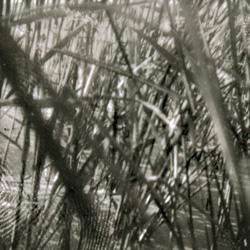 EVERY WANDERING ENDS IN THE BEGINNING
EVERY WANDERING ENDS IN THE BEGINNING13.11.2017 - 13.11.2017
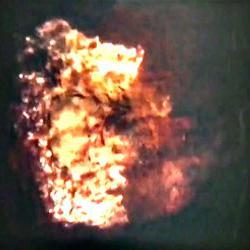 (Post)Land Art and the Anthropocene
(Post)Land Art and the Anthropocene06.11.2017 - 06.11.2017
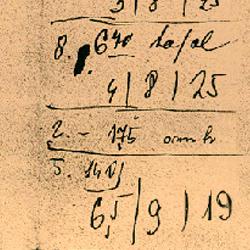 CS CONCEPTUAL ART OF THE 70s
CS CONCEPTUAL ART OF THE 70s11.10.2017 - 13.01.2018
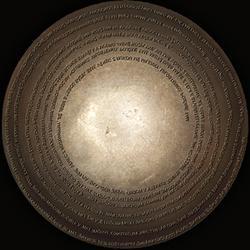 SONIC SOLAR MOUNTAIN
SONIC SOLAR MOUNTAIN26.08.2017 - 26.08.2017
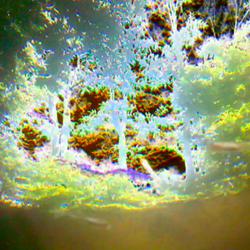 Bohemiae Rosa
Bohemiae Rosa25.08.2017 - 31.08.2017
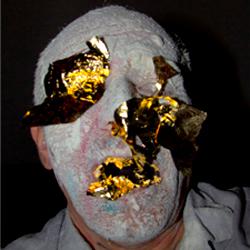 HOW TO EXPLAIN IMAGES TO AN INVISIBLE INTERSPACE
HOW TO EXPLAIN IMAGES TO AN INVISIBLE INTERSPACE02.08.2017 - 10.08.2017
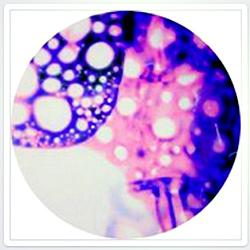 LAPSody 2017 – The Bubble
LAPSody 2017 – The Bubble24.05.2017 - 27.05.2017
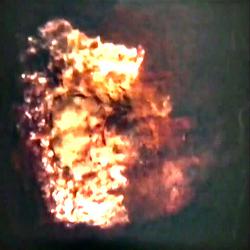 ALCHEMIC BODY | FIRE . AIR . WATER . EARTH
ALCHEMIC BODY | FIRE . AIR . WATER . EARTH21.04.2017 - 29.05.2017
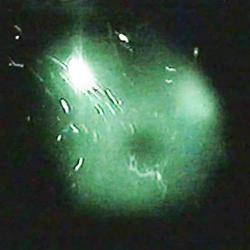 LIQUID ROOMS / THE LABYRINTH
LIQUID ROOMS / THE LABYRINTH10.02.2017 - 28.02.2017
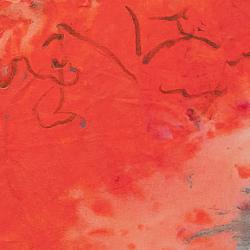 LANDSCAPE
LANDSCAPE20.12.2016 - 12.02.2017
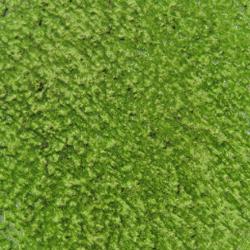 The Landscape, Art and Photography | Contemporary Artworks in the Landscape
The Landscape, Art and Photography | Contemporary Artworks in the Landscape01.11.2016 - 12.01.2017
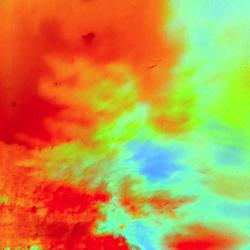 Branches | Nature art – variations
Branches | Nature art – variations26.07.2016 - 16.10.2016
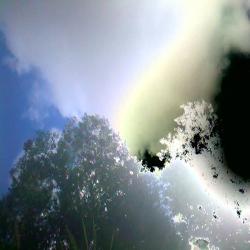 AGARA / Hommage à la Peinture
AGARA / Hommage à la Peinture04.04.2016 - 31.05.2016
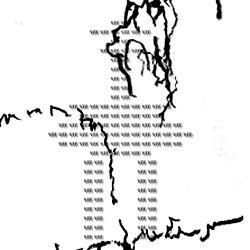 SPEECH MELODIES
SPEECH MELODIES19.11.2015 - 08.01.2016
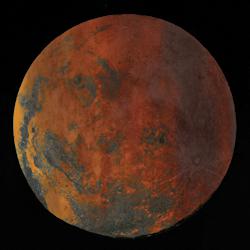 SELÉNÉ / BECOMING A LUNAR FACE TELEPATHICALLY
SELÉNÉ / BECOMING A LUNAR FACE TELEPATHICALLY28.09.2015 - 28.09.2015
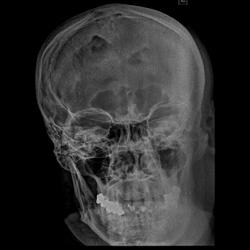 FACIALITY
FACIALITY05.09.2015 - 05.09.2015
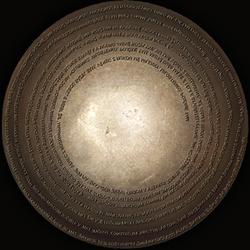 SOLAR MOUNTAIN
SOLAR MOUNTAIN20.09.2014 - 09.09.9999
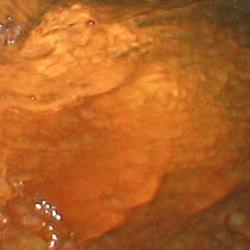 MICHALEK / ŠEIN
MICHALEK / ŠEIN27.11.2013 - 12.01.2014
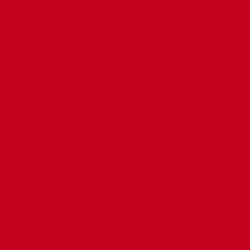 IL SORRISO DEL LEONE
IL SORRISO DEL LEONE01.06.2013 - 24.11.2013
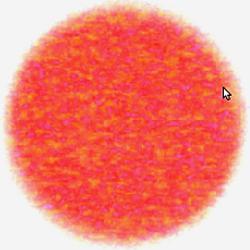 FACIALITY / Space of the Memory and an Immediate Space
FACIALITY / Space of the Memory and an Immediate Space23.10.2012 - 24.10.2012
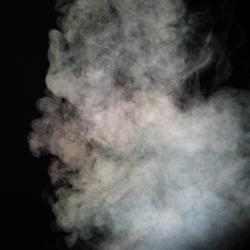 Faces / Face as the phenomenon in videoart
Faces / Face as the phenomenon in videoart20.06.2012 - 16.09.2012
 ARCHIVES & CABINETS
ARCHIVES & CABINETS14.06.2012 - 02.09.2012
 The Written Face for SU-EN
The Written Face for SU-EN28.01.2012 - 28.01.2012
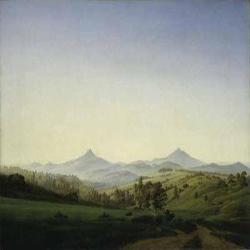 Finally Together
Finally Together07.09.2011 - 14.10.2011
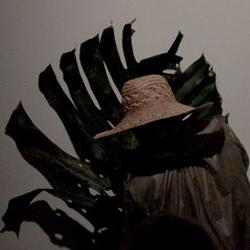 B/L – Dedicated to Carolus Linnaeus
B/L – Dedicated to Carolus Linnaeus15.06.2010 - 29.08.2010
 BEING LANDSCAPE
BEING LANDSCAPE25.03.2010 - 06.06.2010
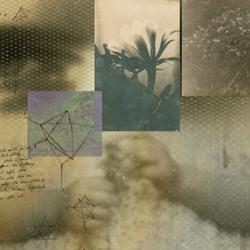 Gardening
Gardening10.03.2009 - 13.03.2009
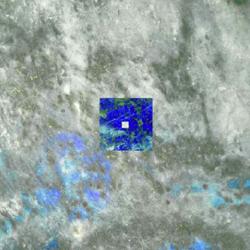 Cartusiae Waldiczensis
Cartusiae Waldiczensis29.11.2008 - 01.03.2009
 LANDSCAPE UNDER TOTALITARIAN
LANDSCAPE UNDER TOTALITARIAN16.09.2008 - 30.11.2008
Galerie Muzea Krkonoš, Vrchlabí
17.11.2023 - 28.04.2024
curator: Roman Koucký
The mysterious name Krkonoše is older than the script, which we started using in our country only in the 9th century with the advent of Christianity. The first record is seven hundred years older. In the 2nd cent. the name Korkontoi was used by the Greek geographer Klaudios Ptolemaios in the geographical work Europae tabula quarta. He describes the landscapes and the population beyond the borders of the Roman Empire, as described to him by people who penetrated the barbarian regions for trade or in the Roman military service. Chapter XI deals with the Giant Mountains. Germaniae Magnae situs. That he is really talking about our mountains is evident from a number of contexts, above all he mentions the unmistakable name of the river Albis. In Greek, the Korkontoi (Latin Corconti) were, according to Ptolemy, tribes near Monte Asciburgius, which is Snow White. It is clear that these people were named after the specifics of the mountain range, but their identity is not entirely clear. Ptolemy included them among the Germans, because they inhabited the territory of Great Germania, similarly to the Marcomani and the Quadians mentioned here. It is noteworthy that Korkontoi names together with the Lugi Buri (Lusatians?) as far as the headwaters of the Vistula, on the upper course of which lies the important site of the pagan cult of Kraków. To the east of the Elbe lived the Silingi, probably the Silesians, in their neighborhood the Suebi. Their name is usually interpreted as Svebov, but for more than a thousand years, tribes of Polabian Serbs, who should be of Slavic origin, have resided here.
The name Krkonoše itself is probably already pre-Celtic, adopted by the local population for centuries. In the early modern period, there is a resurgence of interest in the geographical sciences. In the so-called Klaudian map from 1518, a mountain "clearing" bearing the name Krkonoss is marked in the border forest surrounding the Bohemian Basin. Bohuslav Balbín mentions this name in 1679 in the Latin-written work Miscellanea historica regni Bohemia*e as *Kerkonossioi horoi, which he considers derived from the Greek language. He may have known the work of Ptolemy, but more likely he read Greek myths. The compound word Kork-konti clearly speaks of the land bearing the name of the demon Krok, Krko-noss being his seat. Originally, therefore, the mountain range was not named Krakonoši, but on the contrary, much earlier, to the mythical Krakoness mountain range.
https://www.e-vsudybyl.cz/archiv/poledni-kamen-tajemny-strazce-hory-1-4016/
Radek Míka
https://www.krnap.cz/akce/milos-sejn-adriena-simotova/

Adriena Šimotová at work in the Franciscan Monastery in Hostinné in the Giant Mountains, 1984
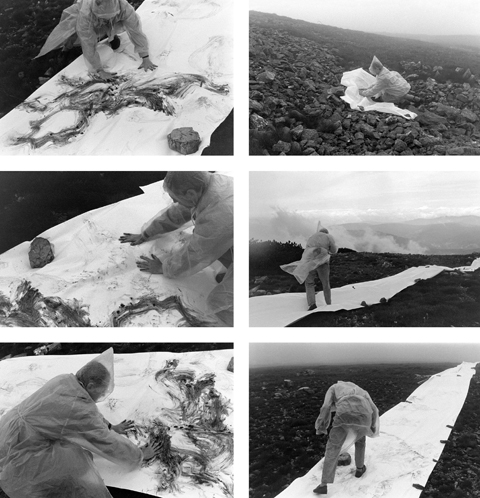 Miloš Šejn interacting with the Luční hora landscape in the Giant Mountains, 1987-1988
Miloš Šejn interacting with the Luční hora landscape in the Giant Mountains, 1987-1988
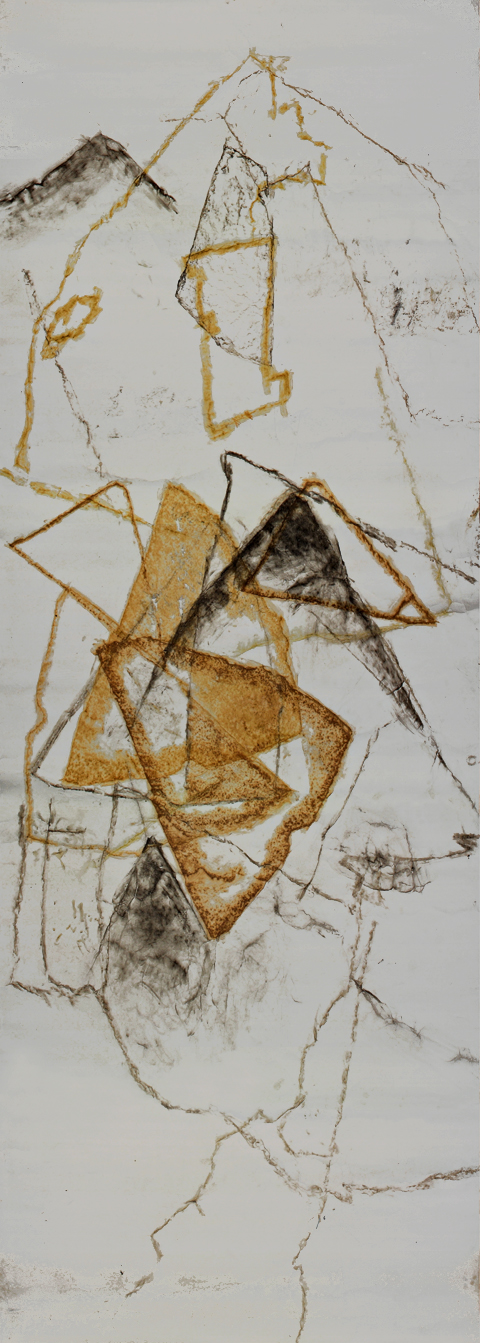 Miloš Šejn: Bílá skála in the Giant Mountains, 1988, pigments on paper, 150 x 400 cm
Miloš Šejn: Bílá skála in the Giant Mountains, 1988, pigments on paper, 150 x 400 cm
Adriena Šimotová
Well, I think that Adriena has just reached the period when she realizes almost everything she wants to realize, she can use her artistic and human experiences to the fullest, she is able to complete her development so far and go further, maybe even higher. Perhaps nothing of her earlier work had an impact on me like these Papers, so mature, fully, independently, with all the riskiness of course, with all the sophistication naturally, perhaps I can only say: so Czech. Czech, even with that baroqueness, with a frequent tinge of anxiety and soulful physicality, especially evident in women, and with that oscillation between drawing, graphic arts and sculpture, disciplines which today probably surpass painting in terms of their best results in our country. Never before had Adriena done anything greater than now, rising above the chamber form without giving up the intimacy that was so characteristic of her. Intimacy breathes from every spatial layer of these things mixed with a special eroticism, inviting us to touch them, examine them gently and carefully and reveal what is "behind" there.
who appeared to me for a moment
towards the end of the road…
2018
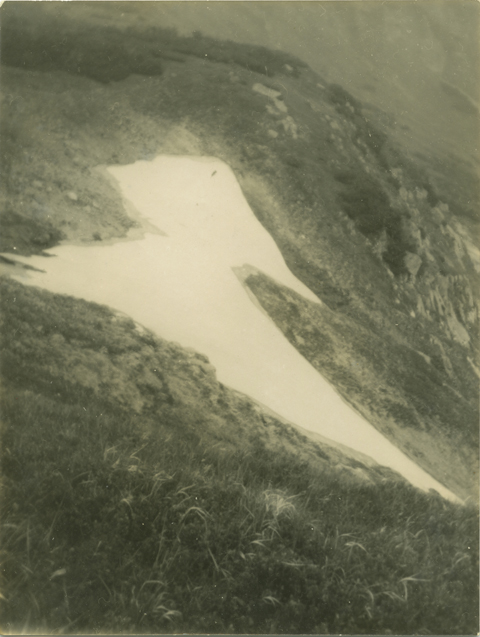 Milos Sejn: Snow Calligraphy, The Giant Mountains, 1962, silver bromine photograph
Milos Sejn: Snow Calligraphy, The Giant Mountains, 1962, silver bromine photograph

